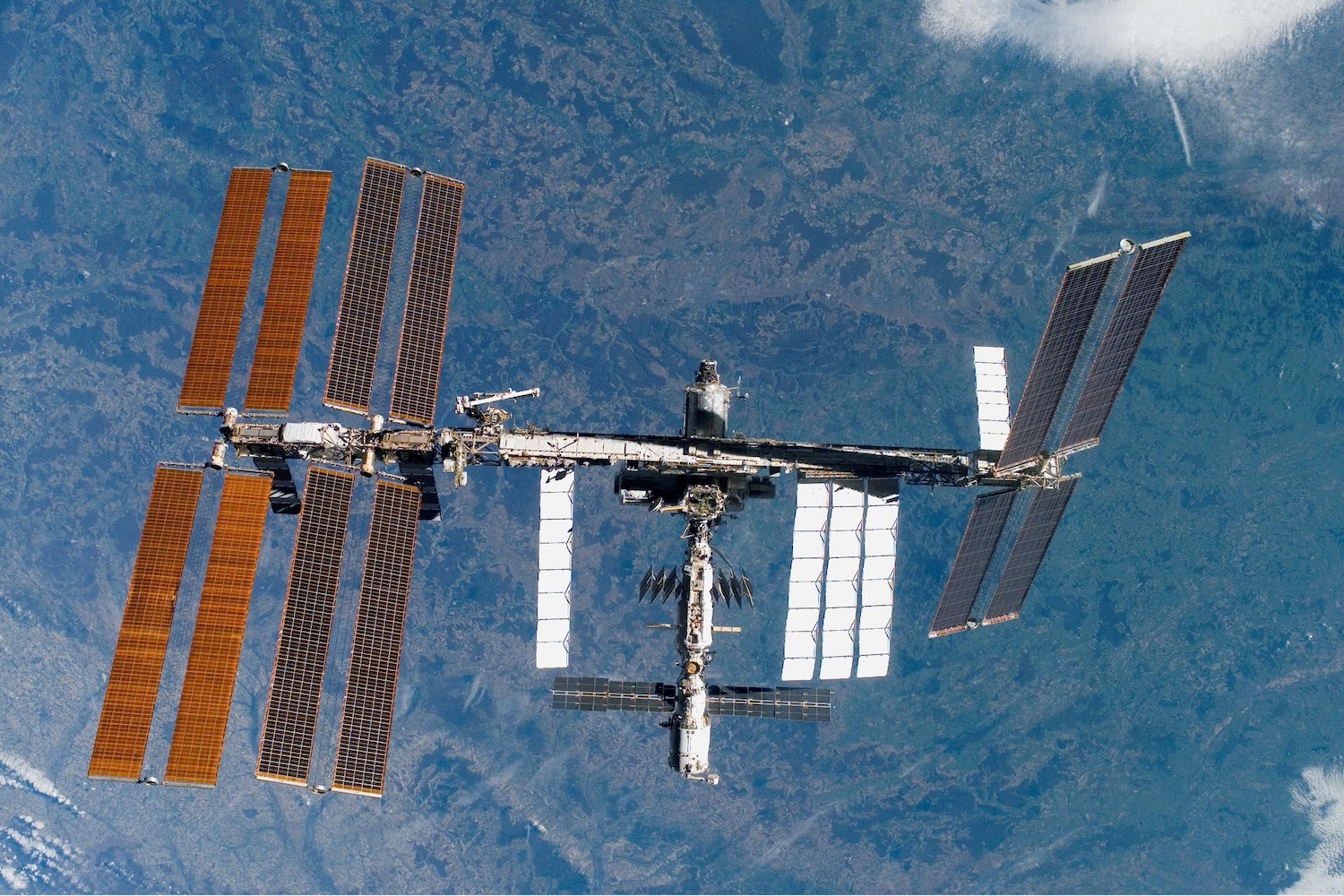In 1984, astronomers spotted a rotating platter of gas and dust around the nearby star Vega, providing them with their first look at the stuff from which planets are born. Now, a closer look at that same star has revealed something odd; there are no planets to be found in Vega’s legendary planet-forming disk, sparking a mystery of cosmological proportions.
Using NASA’s Hubble and Webb space telescopes, a team of astronomers from the University of Arizona got an unprecedented in-depth look at the disk encircling the star Vega. Surprisingly, the team found no evidence of one or more large planets in the nearly 100 billion-mile-wide debris disc. “The Vega disk is smooth, ridiculously smooth,” Andras Gáspár, a researcher at the University of Arizona, and co-author of two papers to be published in The Astrophysical Journal, said in a statement. “It’s a mysterious system because it’s unlike other circumstellar disks we’ve looked at.”
Vega is located a mere 25 light years away from Earth in the constellation Lyra, and is brightly visible in the summer skies of the Northern Hemisphere. Forty years ago, NASA’s Infrared Astronomical Satellite detected an excess of infrared light being emitted from warm dust around Vega, providing the first observational evidence of planet-forming material orbiting a star.
The star’s notoriety earned it the leading role in the 1997 movie Contact in which a scientist travels to Vega to follow possible evidence of extraterrestrial life. In the movie adaptation of the Carl Sagan novel, the lead character Ellie Arroway (played by Jodi Foster) arrives at the star but finds no planets in the cloud of debris encircling Vega. It turns out, the movie got it right, and it’s very confusing for real-life scientists.
“It’s making us rethink the range and variety among exoplanet systems,” Kate Su, a researcher at the University of Arizona, and lead author of the paper presenting the Webb findings, said in a statement.

In 2005, NASA’s Spitzer Space Telescope mapped out the ring of dust around Vega and found that the disk is much larger than previously believed. Nearly 20 years later, the Webb and Hubble telescopes teamed up to reveal never-before-seen details within Vega’s disk. Webb captures a glow of infrared light around the star, made up of sand-sized particles spinning around Vega, which is 40 times brighter than the Sun. Hubble, on the other hand, detected the reflected light from the dust, capturing the outer halo of the disk with particles no larger than the consistency of smoke.
“Different types of physics will locate different-sized particles at different locations,” Schuyler Wolff, a researcher at University of Arizona’s Steward Observatory, and lead author of the paper presenting the Hubble findings, said in a statement. “The fact that we’re seeing dust particle sizes sorted out can help us understand the underlying dynamics in circumstellar disks.”
“The architecture of the Vega system is markedly different from our own solar system where giant planets like Jupiter and Saturn are keeping the dust from spreading the way it does with Vega,” she added.
Stars form from massive clouds of gas and dust collapsing under the weight of their own gravity. The remaining material flattens to form a spinning disk which begins to orbit the star, which then becomes the ingredients for planet formation. Hubble has observed several of those protoplanetary disks with planets plowing through them, but it’s not clear why Vega’s disk is void of any form of a planetary body.
“We’re seeing in detail how much variety there is among circumstellar disks, and how that variety is tied into the underlying planetary systems. We’re finding a lot out about the planetary systems —even when we can’t see what might be hidden planets,” Su said. “There’s still a lot of unknowns in the planet-formation process, and I think these new observations of Vega are going to help constrain models of planet formation.”













